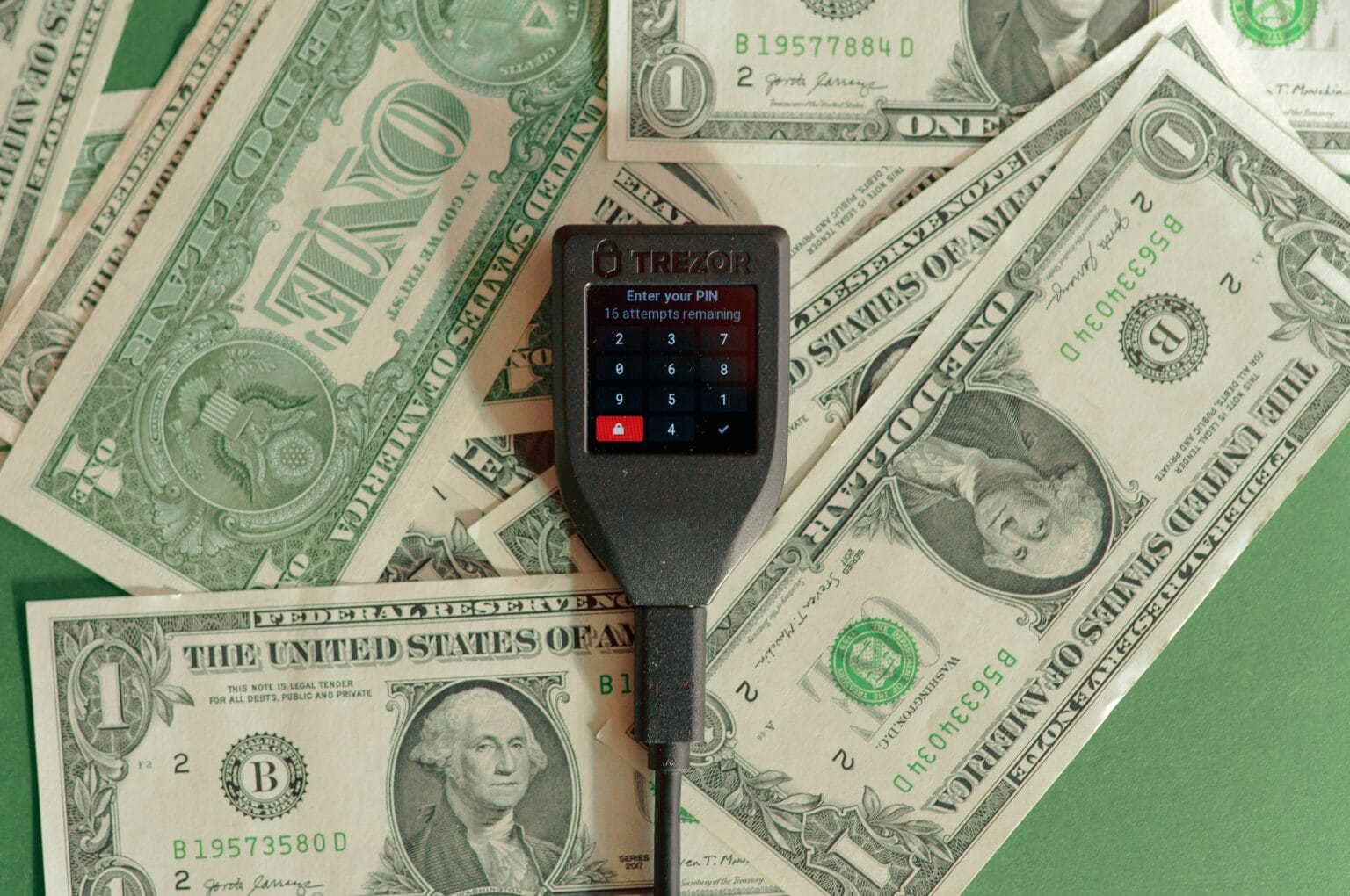U.S. banks are offering deals to get people to lock in their deposits.
As the Federal Reserve raised interest rates, people have been yelling for months for banks to pay out more for deposits. Analysts now say that since the banking crisis shook the markets last month, lenders seem to be changing their offers to keep customers’ money in their accounts for longer.
U.S. banks try to get people to deposit money by giving them bonuses when they open new accounts or deposit money regularly. Customers were scared by the failures of Silicon Valley Bank (SVB) and Signature Bank last month, which caused them to move $119 billion out of smaller banks.
Capital One Financial Corp. (COF.N) is advertising a $100 bonus if you open a new savings account and keep more than $10,000 in it for 90 days. When you deposit more than $100,000, you get a $1,000 bonus. Discover Financial Services (DFS.N) and LendingClub (LC.N) are both offering perks that were in place before the bank runs started.
Emails sent to customers after March 10 say that Citizens Financial Group (CFG.N) is giving a $25 bonus to customers who put in $100 a month for three months and keep a minimum balance. Citizens spokeswoman Eleni Garbis said in a statement that the offer was not in response to a specific event but was part of a campaign to encourage people to save.
When asked for comments, Capital One and Discover did not answer right away.
Analysts say that paying more for deposits is a good way for banks to keep their customers.
“As rates have gone up, high-yield savings accounts have become popular again, and some banks are competing hard to stay at the top of the rate tables that consumers use to compare,” said Mintel’s chief insights officer, Andrew Davidson.
“The overall drop in deposits and the fact that more companies have been reaching out to customers in the last few weeks have made the competition even tougher,” he said.

Banks also try to keep customers by doing things like explaining the rules of deposit insurance, offering different products, and putting an emphasis on their ties to the local community.
Smaller banks, which were the most severely impacted by the recent crisis, have so far been able to stop the outflow of deposits, according to a weekly report from the Federal Reserve. But experts in the field continue to keep a close eye on the outflows.
The Fed’s data showed that deposits at smaller U.S. banks, which are defined as any lender that is not among the 25 largest U.S. banks ranked by assets, levelled off during the week of March 22. They were only down $1.1 billion from the week before, which is not much.
During the week ending March 15, after SVB went bankrupt, customers pulled $185 billion out of smaller lenders because they were scared. Even so, the Fed’s data showed that deposits at smaller banks were still down $216 billion from a high point in December to the week ending March 22.
The Independent Community Bankers of America, an industry group, said that some of its members had actually gained deposits in recent weeks as consumers and small businesses looked for banks with strong ties to their local markets.
Anne Balcer, senior executive vice president and chief of government relations and public policy at the ICBA, said that community banks haven’t heard of a lot of withdrawals since the SVB failed. “Main Street community banks are there for their customers when things aren’t sure, and they’ve shown they can handle economic changes.”
Fed data showed that large U.S. banks lost $96.2 billion in deposits during the week ending March 22. Several analysts said that the drop was because depositors moved their money to money market funds with higher returns.
From a high of $11.2 trillion in February last year, deposits at large banks fell by about $519 billion.
Banks play a key role in the economy because they take deposits and give out loans. So far, the drop in deposits hasn’t kept them from giving loans to people and businesses.
In a note, analysts at Moody’s Investors Service said, “Tighter funding conditions for banks have not led to a significant slowdown in aggregate U.S. banking sector loan growth compared to February levels.”
